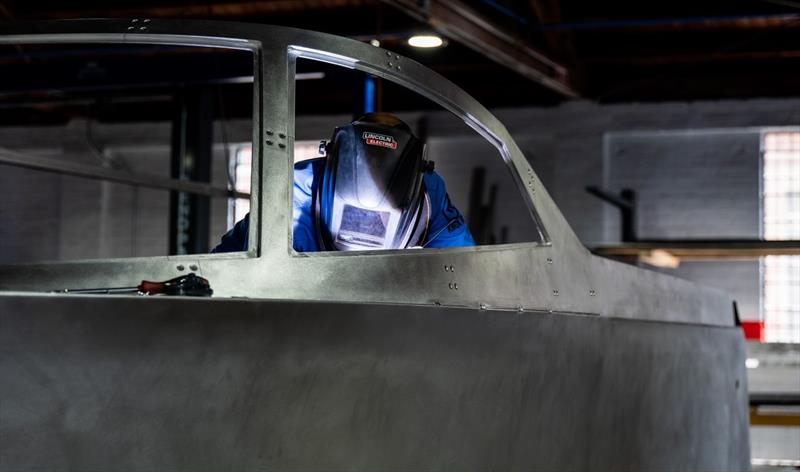
Ready for take off - Building rocket-inspired boats
by Arc Boats 3 May 2023 05:28 PDT

Ready for take off - Building rocket-inspired boats © Arc Boats
To electrify the power-hungry marine industry, we knew we needed to rethink boat-building from the hull up, and deliver watercraft performant enough to take the place of gas-powered boats.
It's no coincidence that many of our founding crew members came from SpaceX, and that our first product is designed more like a rocket than a traditional boat. In addition to having the technical expertise to construct lightweight, strong hulls for our insanely powerful boats, our team of former rocket engineers know how to move fast. Like, crazy fast.
Here's a closer look at how our aerospace roots helped us create the most advanced electric boat on the water today.
Rocket-Inspired Boats
When it comes to electric boating, one important thing has historically been missing: power. To truly electrify the marine industry, we knew we needed to rethink electric boat manufacturing to bridge the critical power gap, and provide a product performant enough to displace the gas-powered industry.
Back to basics
Many of our founding crew members hail from SpaceX, bringing not only the technical skillset to solve this problem, but also the mindset to do so quickly.
Led by this team of rocket engineers, Arc formed with a culture of first-principle thinking: an engineering philosophy that seeks to reason from fundamentals rather than blindly accepting traditional ways of doing things. With this approach, we can solve inefficiencies created by an over-reliance on "rules of thumb".
Power and performance
Why did we need to rethink traditional approaches? It began with batteries. A powerful electric boat requires big batteries, which are quite heavy. To keep the Arc One at an ideal weight — with enough battery power to provide a full day of range on the water, but light enough to tow behind a truck — we had to make many other parts of the boat, especially the hull, as light as possible.
Rockets must be extremely strong to withstand the high pressures of a launch, while still being light enough to lift off. Similarly, the Arc One hull needs to be strong enough to take a beating in waves, while being light enough to offset the weight of the large battery packs. The custom battery packs in the Arc One are over twice the size of those found in a Tesla Model S, and weigh thousands of pounds. We therefore opted to use the same lightweight material for our hull as we'd used to build rocket tanks: aluminum.
Need for speed
In addition to solving the power problem with electric boating, our team of former aerospace engineers — used to big thinking and fast-paced environments — wanted to do it quickly.
Aluminum is perfect for that. Not only is it lightweight, but it allows for more rapid testing and iteration than other materials like fiberglass. While fiberglass hulls are common, they have much slower iteration times due to the need for expensive, time-consuming molds. Using aluminum allowed us to make many design changes to the Arc One's hull on our march toward production.
The gas boating industry has spent decades building and refining hull shapes to maximize performance. We brought the Arc One to market in two years — an insanely fast timeline. This feat was possible largely because of our talented team of structural, controls, and battery engineers and their first-principles approach. Starting with fundamental questions, rapidly building and testing prototypes, and refining based on performance is at the heart of our business and will continue to shape every boat we put on the water.